Timothy Morton
Nothingness is not nothing at all, so it is physical, but not in the sense of constant presence. Nothingness is disturbing. It is there, in a mind- independent sense; it is part of what is given. But I cannot see it directly. There is a weird crack in my world. Perhaps there is only one crack—the one between subject and non-subject: this is how Kantians (and others including Heidegger) police the gap, by putting some kind of copyright control on it. Or perhaps there are as many gaps as there are things, and relations between things. This is what object-oriented ontology has begun to think about the phenomenon–thing gap.
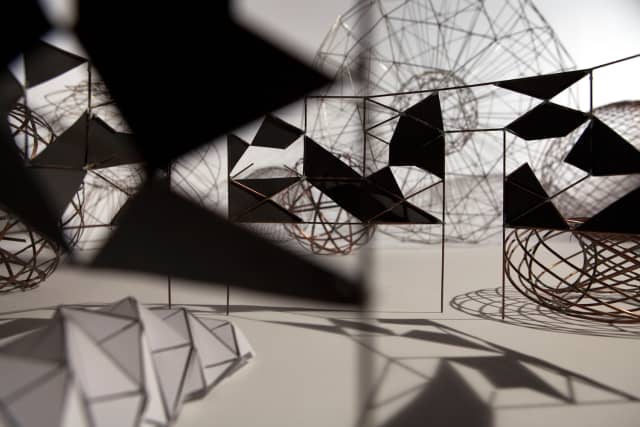
#UnspokenSpaces
Attraction - meteorite in slow anti-gravity dance with magnet
On view now at M WOODS, Beijing
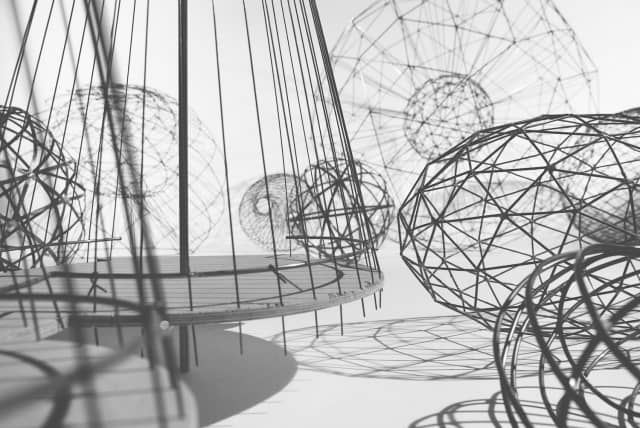
#UnspokenSpaces
#UnspokenSpaces
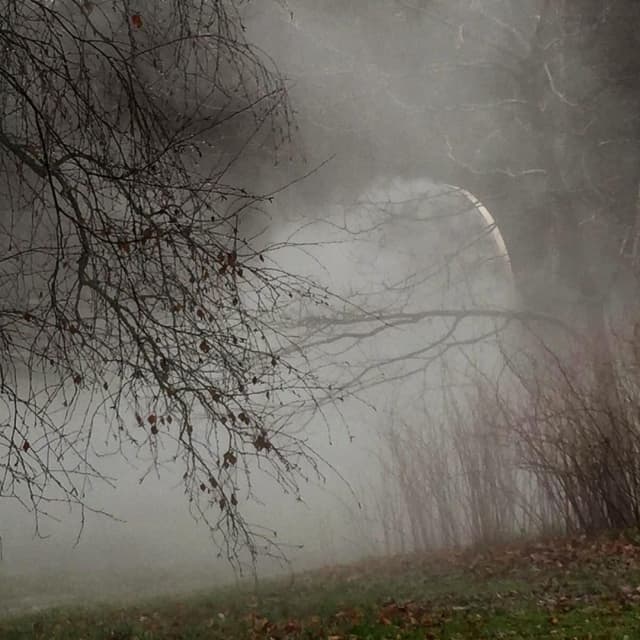
Testing new work, Ordrupgaard Museum, Denmark.
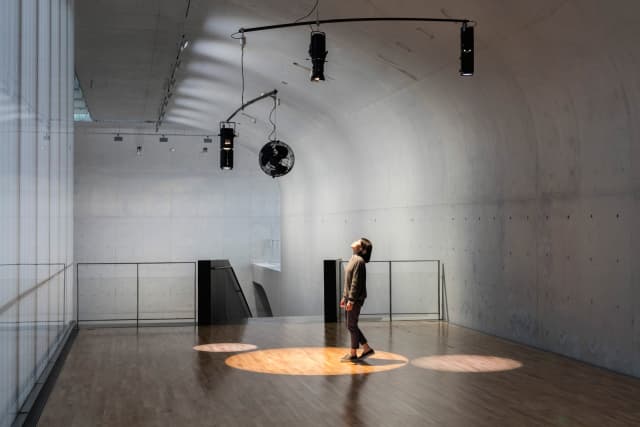
Shanghai mobile, Long Museum
Reflections - A film by SHIMURAbros
Now on view at Hong Kong Arts Centre and The Nanyang Technological University, Singapore
Colour experiments (RGB)
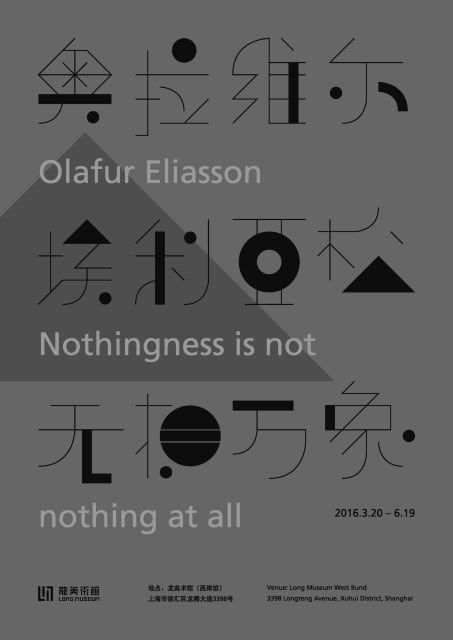
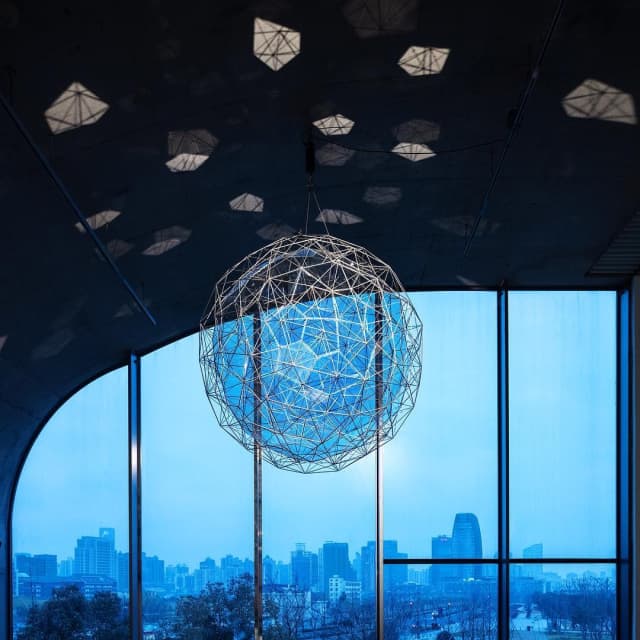
Dust particle in the Shanghai blue hour.
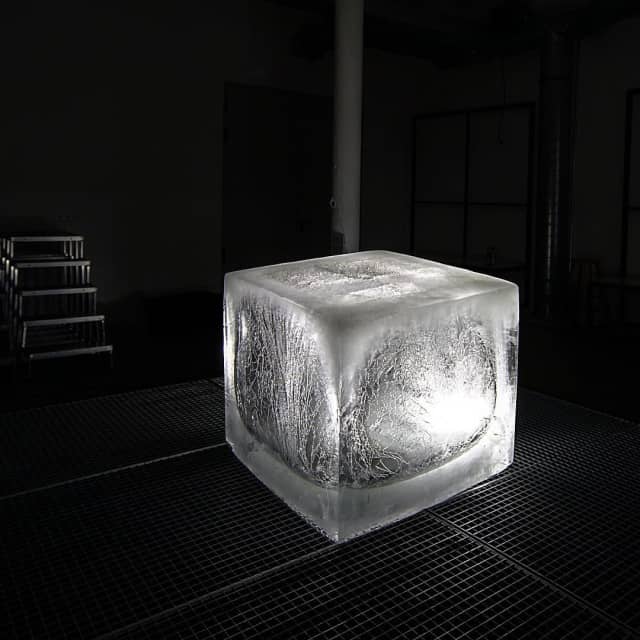
Still river, #test #studio Nothingness is not nothing at all
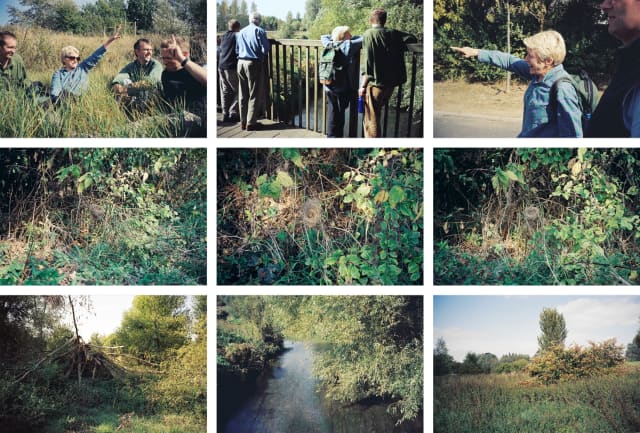
Celebrating the powerful life and ideas of Doreen Massey
I met Doreen at a lecture on walking by the artist Hamish Fulton, while I was preparing The weather project, which was later installed in the Turbine Hall of Tate Modern. This marked a turning point for me. I had for some time been interested in duration, temporality, and how our experience of time co-produces space – topics that are at the core of my artworks. Where phenomenology, which had been decisive in my early work, addresses temporality from the singular perspective of a subject, Doreen insisted on thinking of the subject contextually. Imagine a person boarding a train in Manchester, going to Liverpool, and disembarking at the station:
Your arrival in Lime Street, when you step off the train, begin to get into the things you came here to do, is a meeting-up of trajectories as you entangle yourself in stories that began before you arrived. This is not the arrival of an active voyager upon an awaiting passive destination but an intertwining of ongoing trajectories from which something new may emerge. Movement, encounter and the making of relationships take time.
Later we would talk more about the subject in relation to its social surroundings, the performative collectives in which it participates. For me, sensitivity to the mutable social context became a topic I developed while occasionally crossing paths with Doreen. I benefitted from her belief in making explicit the changing conditions under which exchanges take place and movements are made, conditions that always co-produce internal and external performances.
Doreen has changed my way of seeing my work in the world and the world in my work.
https://vimeo.com/158902032
Doreen Massey on Time, Space and Responsibility
Excerpt from a lecture at Institut für Raumexperimente Berlin, 2013
Doreen Massey: Some times of space - full essay http://s3-eu-west-1.amazonaws.com/olafureliasson.net/texts/Some_Times_of_Space_by_Doreen_Massey_111195.pdf
Doreen Massey - Some Times of Space
The recognition that everything is constitutively in process by no means implies – or should not imply – a celebration of mobility as opposed to stability, of transience rather than settlement, of flight as against commitment. Mobility is a theme-tune of our times. Mobility, nomadism, flows: a space of flows replaces a space of places; networks instead of territories. But these are descriptions (accurate or not), not prescriptions. Principles as general as this would anyway be problematic. For the world is specific, and structured by inequalities. It matters who moves and how you move. Nomadism is also the mantra of the neoliberal: financial capital is constantly circulating; the factory may be ‘fly-by-night’. (And what of the rights of migration?) The emphasis on the times of space is a reminder of co-agency. This is much more of a spatial challenge, for it raises the question of negotiation.)
Full essay here
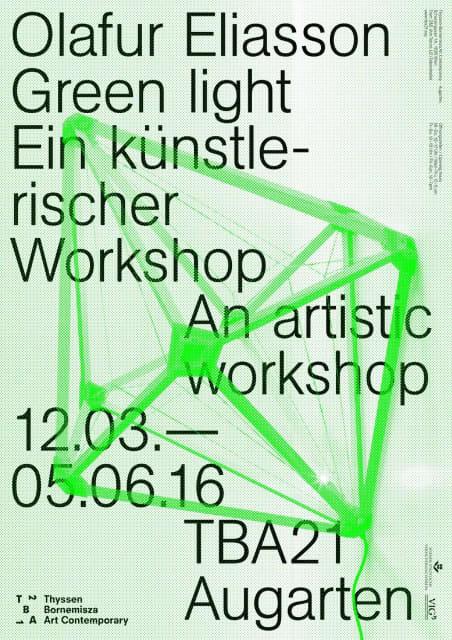
Hosted by TBA21
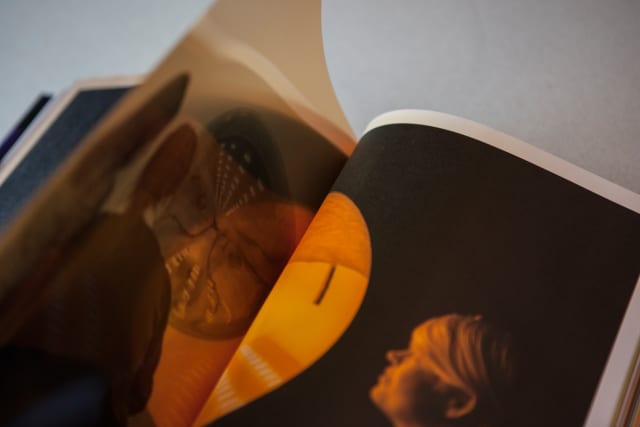
Reality machines catalogue, designed by Irma Boom
Available now on Walther König


Installing in Long Museum, Shanghai
